Use of AR in mobile app industry for better user experience
Mobile phones were just telephones decades ago, merely a communication device. Today, for a billion people, a phone is an essential part of everyday...
4 min read
Sales : Oct 18, 2017 12:00:00 AM
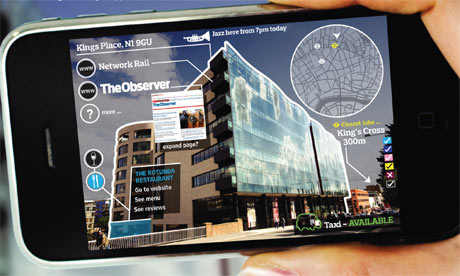
Augmented reality refers to superimposing virtual media on top of real-world objects. This done by using the phone camera to capture real-world objects and mobile screen to showcase virtual objects on top of the image obtained. Over a period, this technology has become a lot more sophisticated and advanced. There are many applications of augmented reality from retail to advertising to education. This year Apple and Google both came up with their individual open source frameworks to empower augmented reality development. The recent developments and traction gained by the rivalry between the two tech giants has given great momentum to augmented reality development. Let’s see how it can be used and what are the major tools for augmented reality development.
Want to know more about AR? Downlaod our free eBook to catch the latest trends and major applications.
There are two major forms of augmented reality app development, location-based and marker-based. Both have varied applications and solutions. Here is a brief introduction to each:
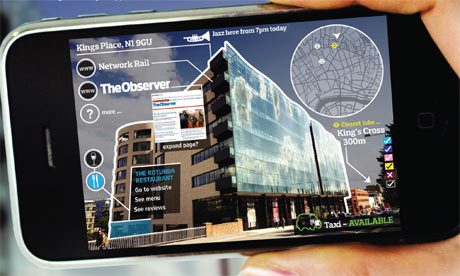
Location-based AR apps utilize various features of mobile devices that can monitor the position of a device like GPS, cellular network etc. This enables augmented reality apps to provide location-based data specific to each device. Some uses of this technology include providing help with directions in a city, locating a vehicle in a parking lot etc.
Marker-based augmented reality apps focus on using the device software to identify patterns (like QR code or plane surface) in the image obtained from the device camera. Then an overlay is cast on the device screen over the real-world image procured from the camera. This overlay can be 3D, 2D or animated.
Capture everything you need to know about Augmented Reality development in one go. Download our free ebook to know everything about this technology.
Here is a brief overview of major augmented reality development tools that you can use to speed up augmented reality development for your project:

Vuforia is a prominent player in augmented reality development. It supports all the major platforms including Android, iOS, UWP and Unity Editor. Vuforia comes with a range of impressive functions which include:
Though Vuforia SDK is available for free, there are limitations in functionality and watermarks in that version. To unleash the full potential of Vuforia you will need to opt for commercial licenses which cost 99$/mo for cloud and 499$/ one time per app.

Kudan is the main competitor of Vuforia in augmented reality development market. It supports both Android and iOS platforms. It is a very competent tool at the disposal of marketers. Here is a quick overview of its features:
Despite these features, Kudan also has some drawbacks like the inefficiency of Crash Editor, sometimes leading to apps crashes, issues with test license key installation etc. The free version is available only for app testing while the license costs 1230$. Though Kudan is easy to integrate, the problems with Unity Editor complicate the development process.
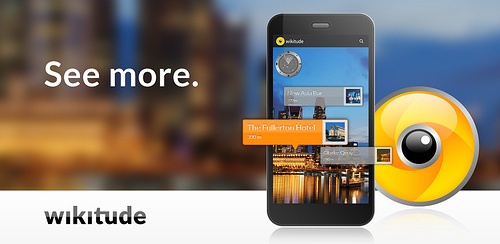
Wikitude is another great tool for augmented reality development. It can be used for Android, iOS and even for smart glasses. Like the above two SDKs, it also comes with SLAM technology to render 3D images. Here are some of its features:
With its new Wikitude SDK 7, it also provides improved extended tracking, advanced camera options and better positioning. Wikitude offers a free trial with all features just with one limitation of a watermark. Its pricing starts from 1990€. It doesn’t support the Unity Editor, which complicates the augmented reality development.
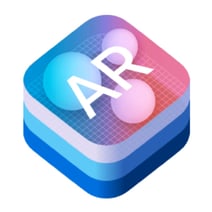
This year Apple announced its own framework for augmented reality development, ARKit. The major selling point of ARKit is its wide reach and scalability. Being an independent platform for Apple devices, ARKit promises greater scope and functionality. Here are some of its features:
Since Apple devices are now powered by Apple A9, A10, and A11 processors, ARKit comes out as an effective tool for development. Augmented reality execution depends on heavy computing power which Apple took care of. Overall it comes with all the necessary features and it is free! This would lead to more experimentation and development in the AR space. It is overall a great tool at the disposal of developers.
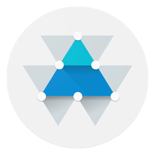
Soon after Apple launched ARKit, Google came up with ARCore. It can be considered as the biggest competitor of Apple’s ARKit because of similar features and usability. ARCore also promises wide-scale use as it will be available on all Android devices (Version 7.0 and above). Developers will enjoy extensive reach and scalability. Though ARCore is promising, it is still in the initial release stage. Once it is released in full-form we can discuss surely discuss it in depth.
Read More: ARCore vs. ARkit - Who will win Google or Apple?
How can I kick-start my augmented reality app development project?
Augmented reality offers immense potential for business. While every business has an app, hardly any of them focus on differentiating the customer experience. AR offers multiple ways to provide an advanced level of customer experience and provide rich user experience. Among hundreds of applications, you can use it for e-commerce, entertainment media, gaming and even for offline retail.
The demand for capable mobile app developers has never been higher. According to Opinion Matters, only 6% of enterprises have the required talent in mobile developers. We have built a great expertise in mobile development with 10+ years of experience and hundreds to successful projects. Our experts are ready to take up any challenge whether it is AR, VR or any other modern technology. Contact us for a quote, POC or project today.

Mobile phones were just telephones decades ago, merely a communication device. Today, for a billion people, a phone is an essential part of everyday...

Get ready to experience an immersive virtual experience from the comfort of your phone. Apple has developed its own solution to bring augmented...
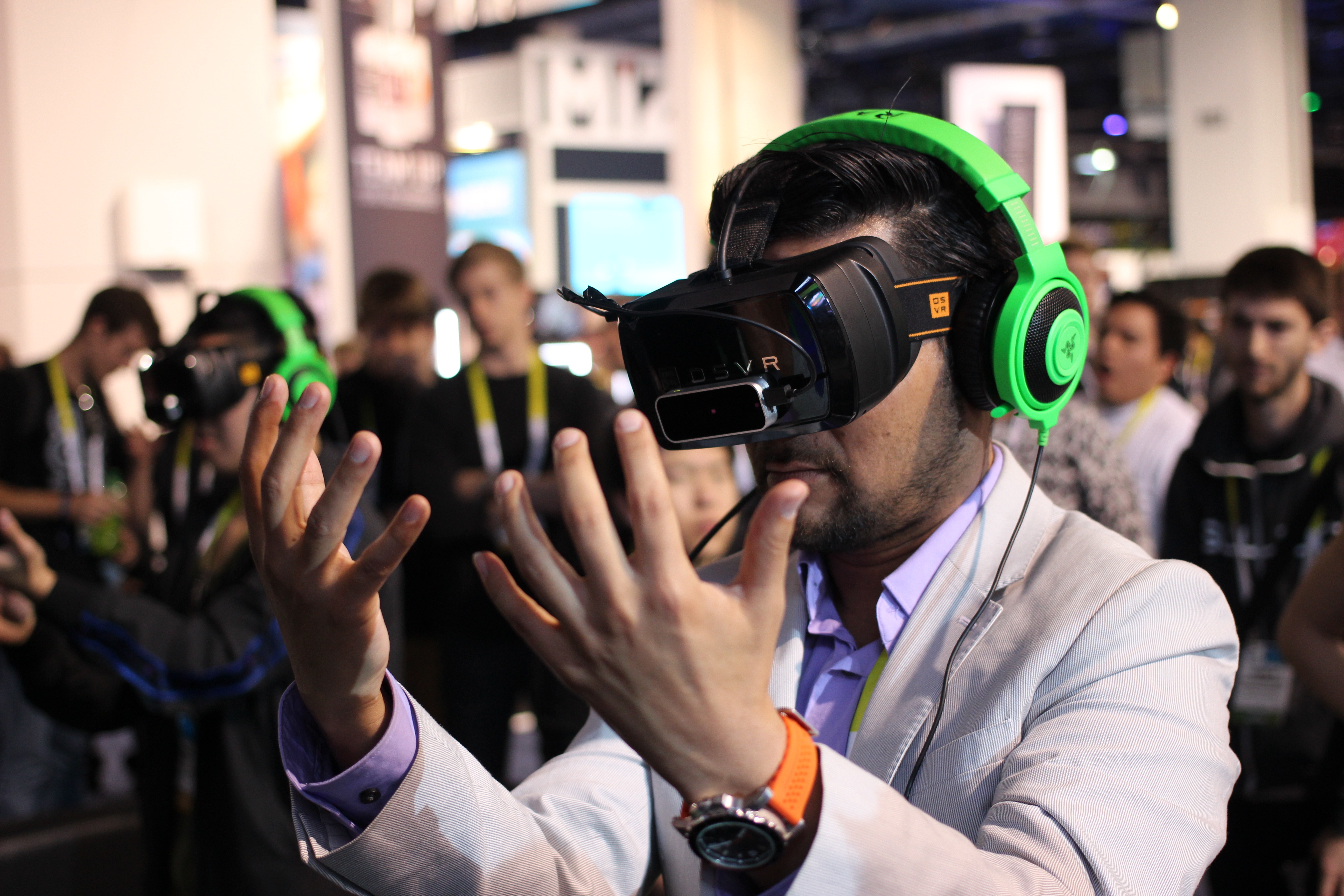
The Gaming industry is part of the economic sector which comprises the process like the development, marketing and monetization of video games. It...